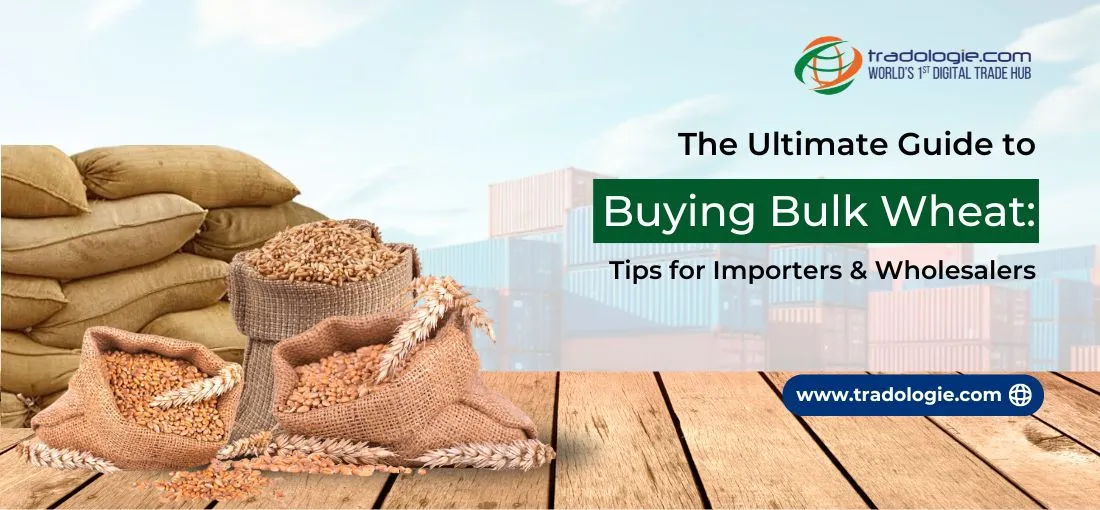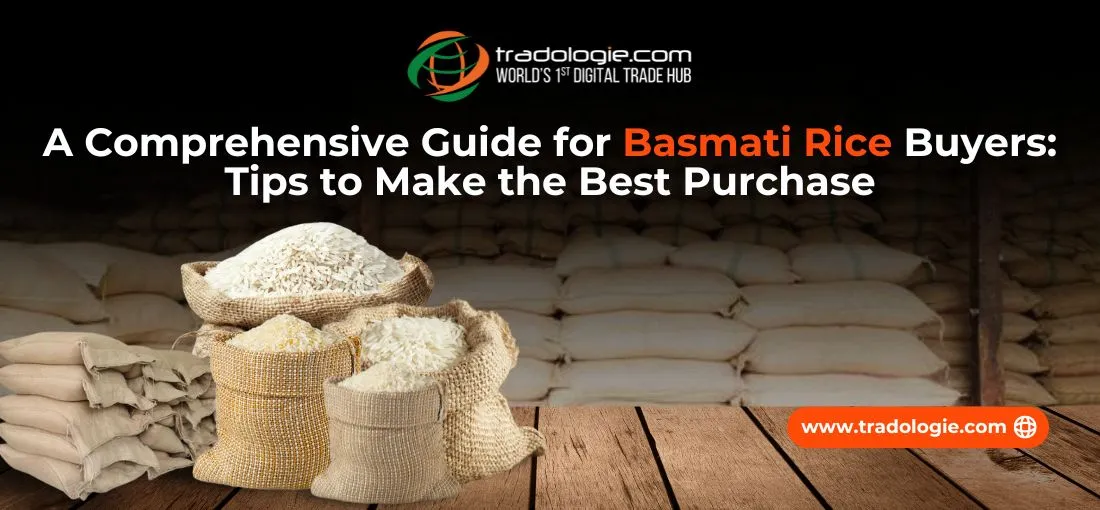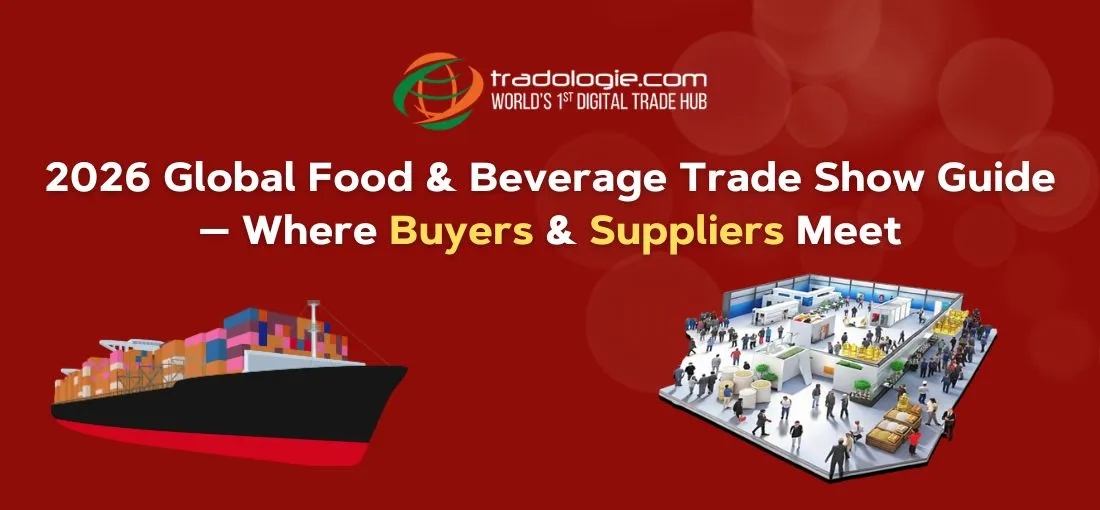Tips To Buy Bulk Wheat For Wholesalers and Importers
Wheat is recognized as one of the most widely traded food commodities worldwide. It is a staple raw material that is used in most food products across the continents. So, it isn’t necessary to mention how lucrative it is to import wheat in bulk for an import food business.
If you are looking to maintain a stable and consistent wheat supply chain which involves sourcing it seamlessly from the best suppliers globally, it can be a big challenge. This is because it involves a deep understanding about the market and several aspects related to it.
This blog will serve as your ultimate handbook for purchasing bulk wheat.
Recognizing Quality Standards in Wheat
The quality of wheat differs based on the production area and the specific variety. To achieve the best profits on your imports, it is essential to comprehend your key requirement. The major quality indicators include moisture percentages, gluten strength, grain uniformity and much more.
Various markets may employ distinct grading systems; for example, the USDA grading system is used in the United States, while other nations have their own criteria. Acquainting yourself with these standards is vital to prevent inconsistencies and maintain a reliable supply chain.
Top Sources of Bulk Wheat Worldwide
There is no doubt that wheat is a staple crop grown in a variety of countries, but a few dominate the export market. Among them, the top wheat exporters are as follows.
United States: The United States is a key supplier of hard red winter wheat, soft red winter wheat, and durum wheat, offering different yearly quantities and serving a worldwide clientele.
Canada: Canada cultivates premium wheat, especially Canada Western Red Spring (CWRS), known for its high protein content.
Australia: Australia is a major player in the export business, supplying high-quality wheat suitable for bread and noodles manufacture.
Ukraine: Ukraine is another important provider of wheat, offering a wide range of varieties at low prices.
Cost-Effective Strategies for Large Purchases :
When looking to import wheat in bulk, it is important to keep the below aspects in mind.
Timing your purchases:The prices of every crop fluctuate in the global market, and wheat is no different. The changes in the pricing are premised on various aspects like harvest seasons, weather conditions, and geopolitical events. By monitoring price trends and making purchases during favourable times, you can capitalize on lower rates.
Be it any industry, bulk purses are mostly profitable. This is because your seller remains at a high profit and is keen to offer discounts. This means that by negotiating for larger volumes, buyers can secure better pricing and reduce the per-unit cost.
Compare Prices and Quality: Conduct a thorough market analysis to compare pricing across vendors and regions. Look for the prices that are competitive, and offer the perfect balance of quality and cost-effectiveness.
Use Reliable Platforms: Platforms like Tradologie.com can help buyers find vetted suppliers, making the procurement process easier. Our platform typically offers tools for transparent negotiations, while checking sellers’ portfolios ensuring both quality and affordability.
How to Select the Right Supplier:
Choosing the right provider is an essential component of effective bulk wheat procurement. A dependable supplier offers consistency in quality and timely deliveries, which are crucial for corporate operations.
Check Track Records: Investigate the supplier's history, including their industry experience, previous clients, and reputation. Verified platforms, such as Tradologie.com, can help to streamline the process by providing access to suppliers verified through advanced Ai.
Inspect Samples: Before making a purchase, obtain samples to ensure the wheat's quality. If not samples, then make sure to get a third-party goods inspection certification before shipping to ensure the quality meets the desired standards.
Negotiate conditions: To minimize future misunderstandings, establish explicit conditions for price, delivery timelines, and payment methods. Letter of credit (LC) is one of the safest payment methods most widely used in international trade. In fact, there are various types of LCs and it is wise to study them before deciding which one is suitable.
Conclusion
Purchasing large quantities of wheat can be a lucrative opportunity for wholesalers and importers, as long as the procedure is handled thoughtfully. From grasping quality standards to recognizing leading sources and implementing budget-friendly strategies, every step is vital for achieving success.





.webp)